Posts Tagged ‘Tourism’
Plog’s tourist motivation model (1974) is a popular framework widely referred to in tourism studies. According to the model tourists can be divided into two broad categories: allocentrics and psychocentrics. Allocentrics usually choose exotic destinations and unstructured tours and vacations they prefer to get involved with local culture to a great extent. Psychocentrics, on the other hand, choose familiar destinations and they usually engage in tourism via packaged tours in a conventional manner (Plog, 1974). The terms of allocentrics and polycentric were later replaced by Plog (1974) to the terms of venturer and dependable respectively, in order to make them more ‘reader-friendly’ (Hudson, 2008). Plog’s (1974) Psychographic Personality Types Source: Hudson (2008), adapted from Plog (1974) and Plog (2002) As it is evident from figure above, according to Plog’s tourist motivation model the majority of tourists can be classified as mid-centric, i.e. they do not belong to neither psychocentric or allocentric categories. Plog’s (1974) Psychographic Personality Types has been criticised for being difficult to be applied because individuals may travel motivated by different factors in different occasions (Hudson, 2008). In other words, an individual may choose an exotic destination for tourism and get closely involved with local culture, yet it may not be appropriate to brand the individual as allocentric because the same person may purchase a conventional tourism package the following year. References Hudson, S. (2008) “Tourism and Hospitality Marketing: A Global Perspective” SAGE Publications Plog, S.C. (1974) “Why Destination areas rise and fall in popularity” Cornell Hotel and Restaurant Quarterly, Vol.14, Issue:4 Plog, S.C. (2002) “The power of psychographics and the concept of venturesomeness” Journal of Travel Research, Vol.40
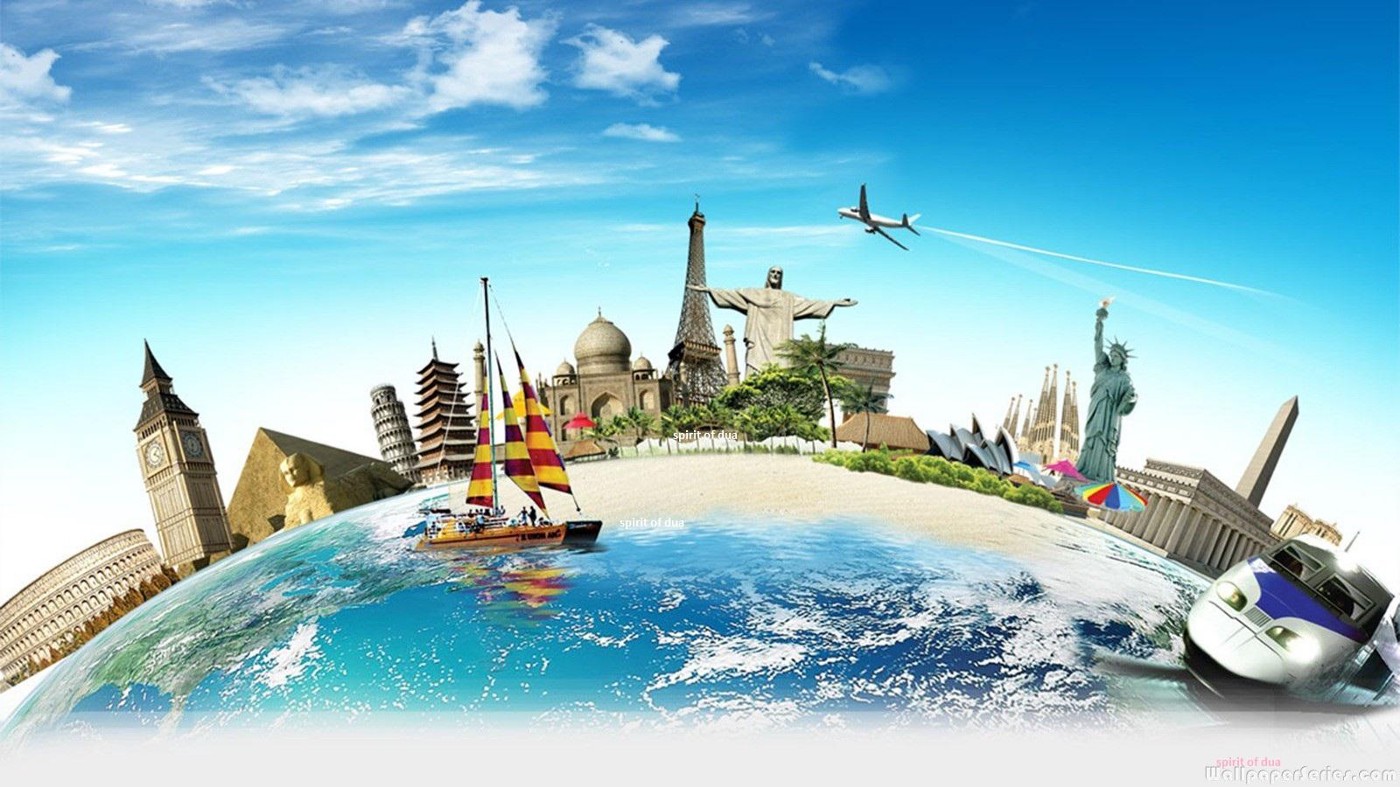
The literature review has established viewpoints of other authors about unique characteristics of tourism industry. Literature review has revealed the following unique characteristics of tourism industry as summarised by TSA project in 2008: Firstly, the tourism is not an industry. The rationale behind this viewpoint relates to the idea that tourism comprises a wide range of individual businesses in a wide range of areas such as catering, transportation, entertainment, manufacturing and others. However, this viewpoint is not shared by all authors and many prominent authors in the area of tourism such as Webb (2009), Solomon and Rabolt (2009) and Rajagopal (2010) still refer to tourism as an industry. Secondly, in tourism consumers come to products. It is not possible to import tourism products and services or to provide them to customers through other channels and this point can be specified as an important distinctive feature of tourism industry from other industries. Thirdly, in tourism location is a part of the product. In tourism industry it is difficult to make a clear distinction between the value of a tourism destination and a wide range of products and services offered in this destination. In other words, tourism interconnects many separate businesses into a single entity (Schiffman et. al., 2012). Moreover, according to literature review findings there are range of systems that can be applied in order to characterise tourism destinations. For example, a system proposed by Pearce (2005) identifies six different labels in tourism industry and explains characteristics of each label. Label Emphasis Characteristics and examples of the system Activities Physical Listings, profiles, GIS approach Settings Physical Public management agencies use of zones using a biophysical basis Facilities Physical Micro-environments and service escapes: the immediate physical features of the tourist space Service Social Personnel: the characteristics of personnel in the service…
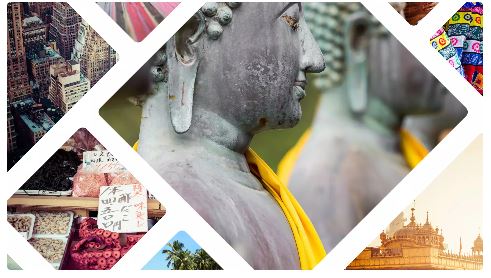
Different types of tourism can be specified as visiting friends and relatives, religious tourism, social tourism, cultural tourism, hedonistic tourism, special interest tourism, business tourism, health tourism, educational tourism, scenic tourism and activity tourism (Swardbrooke and Horner, 2007). Swardbrooke and Horner (2007) argue that tourism needs to be classified as activity rather than industry. However, this viewpoint can be subjected to criticism because a wide range of activities related to tourism have positive implications to national economies from financial viewpoint, therefore tourism is larger than merely being an activity. Type Numbers Adaptation to local norms Elite Rare Adapts fully Off-beat Uncommon Adapts well Unusual Occasional Adapts somewhat Incipient mass Steady flow Seeks Western amenities Mass Continuous Expects Western amenities Charter Massive Demands Western amenities Smith’s typology of tourists Source: Smith (1977) Alternatively, types of tourism and tourists are divided by King and Hyde (1989) into the following six psychographic type: New indulgers mark a type of tourists who try to escape stress through engaging in new tourism experiences. Tourists belonging to this category tend to be experiential to a greater extent compared to alternative type of tourists discussed below. Anti-tourists are independent, unconventional type of tourists who prefer to explore tourism destinations alone. Anti-tourists usually do not want to be associated with ‘regular’ tourists and they tend to emphasize authenticity of their tourism activities. Big spenders prefer luxury, and therefore they expected extensive and intensive services with their tourism experiences. Big spenders are the main target customer segment for many businesses in tourism industry. New enthusiasts lack experience in tourism. This particular psychographic type of tourists tends to be highly energetic, prefer socialisation and physically demanding recreational activities. Dedicated Aussies/Kiwis are reluctant to travel outside of their home countries for chauvinistic reasons, limited budget and other reasons. Sense of safety…
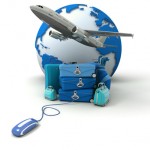
Information and communication technologies (ICT) have had tremendous impact virtually all industries and sectors, as well as, specific business businesses processes. The impact of ICT on businesses relate to the facilitation of communication with organisational stakeholders, serving as an effective sales channel, providing an effective platform for engaging in marketing and others. Literature review is a “systematic, explicit and reproducible method for identifying, evaluating and interpreting the existing body of recorded work produced by other scholars” (Khan, 2008, p.41). Importance of conducting literature review in this paper can be explained in a way that it allows to present the most notable data about various important aspects of ICT in tourism and hospitality so that this data can be referred to during the case study analysis. ICT in Tourism and Hospitality Sector Parsons and Oja (2013) mention online reservations systems as one of the greatest impacts of ICT on tourism and hospitality sector. Major travel companies such as Expedia, Orbitz, and Thomas Cook, as well as, medium and even small sized tourism and hospitality firms have online reservation functionalities on official company website. Online reservation capabilities provide substantial cost saving opportunities for businesses in tourism and hospitality sector that otherwise would have been spent on human resources making reservations in a manual manner. Moreover, according to Mihalic and Buhalis (2013), while the majority of businesses in tourism and hospitality sector have adopted various components of ICT to certain extent, there are substantial differences between businesses in terms of extent and nature of adoption of those components. In simple terms, Mihalic and Buhalis (2013) argue that some tourism and hospitality organisations have effectively included ICT to the sources of competitive advantage, whereas opportunities offered by ICT are yet to be used by others. Importance of ICT to Small Hospitality Companies…
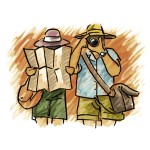
Distribution channels in tourism can be divided into two levels: national and international. In national level, domestic market is served by large tourism operators and retail travel agents. In international level, on the other hand, tourism distribution may involve tourism operators, retail travel agents, as well as, wholesalers. According to Moutinho (2011) tourism distribution channels involve supplier products to be public (consumers) through channels members. Mourinho specifies individual parties in each category in the following manner: Supplier products Channel members Public Transport Accommodation Insurance Entertainment Tours Specialised services Tour operators Travel agencies Cross suppliers Suppliers Other Individuals Groups Organisations Tourism services, distributors and target population Source: Moutinho (2011) Mohapatra (2013) also discusses various aspects of distribution channels in tourism presented in above, and observes an interesting tendency in relation to these channels. Namely, according to Mohapatra (2013), the share of online sales transactions through these channels have been consistently and rapidly increasing compared to the volume of offline sales transactions during the two decades. However, Mohapatra (2013) fails to refer to any official statistical data to back up this claim. References Mohapatra, S. (2013) “E-Commerce Strategy: Text and Cases” Springer Group Moutinho, L. (2011) “Strategic Management in Tourism” CABI
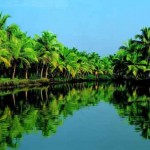
Brands operating ecotourism services can be divided into two categories: brands offering ecotourism services as the only type of service and brands that offer ecotourism along with alternative types of tourism. Communication and branding are critical success factors for new product development. However, communication and branding efforts directed towards ecotourism can be vastly different compared to communication and branding efforts associated with many other products and services due to a set of unique aspects of ecotourism. Usually, ecotourism brands position their services as nature related tourism. Major ecotourism brands aim to target their customer segment though communicating their marketing message via various channels. Generally, profile of ecotourists in Europe can be described as middle-age to elderly experienced travellers who are opinion leaders with high education and within higher income bracket (Global Ecotourism Factsheet, 2006). Major ecotourism tour operators in the UK targeting this customers segment include Travel Corporation, Thomas Cook Group plc, TUI Travel plc, Acromas Holidays ltd, Trailfinders Ltd, Holidaybreak Ltd, Portman Travel Ltd and others. The most popular ecotourism destinations include Annapurna area in Nepal, Mayan sites in Belize, Galapagos Islands, Kenya, Australia, Peru, Brazil, South Africa and others. Competition in Ecotourism Competition in ecotourism is intense with tour operators if various sizes competing with each-other. According to the World Tourism Organisation (WTO) the number of international tourist arrivals exceeded one billion in 2012, and it is forecasted to reach 1.8 billion mark by the year of 2030. Company name Number of outlets % share of outlets Thomas Cook 777 19.0 CGL 360 8.8 Midlands 102 2.5 TUI 866 21.2 Flight Centre 90 2.2 Bath Travel 65 1.6 STA Travel 51 1.2 Hays Travel 44 1.1 CGL managed services and franchises 40 1.0 Other ABTA outlets 1385 33.9 Non-ABTA outlets 267 6.5 Travel agencies in the UK…
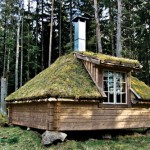
Generally, design can be defined as “realisation of a concept or idea into a configuration, drawing, model, mould, pattern, plan or specification (on which the actual or commercial production of an item is based) and which helps achieve the item’s designated objectives” (Business Dictionary, 2014, online). Design of products and services is a separate science in marketing to be approached in a serous and responsible manner. Design process for new products and services involve the stages of initial research, concept formulation, initial design, development, construction of a prototype, engineering, and production. However, the extent of applicability of design process described above is highly limited towards ecotourism primarily due to the fact that it is highly difficult to develop new ecotourism destinations from the scratch. Accordingly, the key features of design elements of ecotourism are vastly different from the key features of design elements of the majority of products and services. Key features of ecotourism design elements can be specified as genuineness of nature environment, specific wildlife, pure ecosystem with accessible interpretation trails, level of excitement of its nature phenomenon, ecolodge, cultural immersion of local people, and historical heritage. The level of relevance of these key features to customer needs is discussed in the following part of the report. Ecotourism Design Elements and Customer Needs The following table illustrates the relevance of ecotourism design elements to customer needs: Key features of ecotourism design Discussions Genuineness of natural environment Ecotourists have high levels of interest in genuine nature places such as forests, national parks, marines, etc. Specific wildlife Higher levels of wildlife such as animals living in a free habitat have serve as effective attraction for ecotourists Ecosystem Ecosystems can be explained as self-sustaining communities within natural settings (Schmitz, 2007) and they represent a major point of interest for ecotourists Ecolodge…
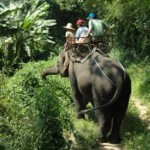
Tourism is one of the largest industries in the global scale and its increasing popularity has resulted in emergence of independent forms of tourism such as leisure tourism, business tourism, sports tourism, medical tourism, ecotourism, food tourism, religious tourism etc. Ecotourism can be defined as “tourism to places that is designed to the protection of the environment or at least minimise damage to it, often involving travel to areas of natural interest in developing countries or participation in environmental projects” (Dictionary Reference, 2014, online). Ecotourism is also known as ethical tourism, ecological tourism and nature-based tourism. Main differences of ecotourism from traditional tourism relate to travels only to natural destinations, constructions of environmental awareness, reducing detrimental impacts of tourism to the local communities and the environment, and respect for local cultures. Benefits of Ecotourism Understanding differences between customer needs and wants in an appropriate manner is important in order to fully appreciate the benefits of ecotourism to customers. Needs are essential for people for physical and social survival and they include food and water, clothing, accommodation, security, communication, love etc. Wants, on the other hand, can be explained as “the cultural manifestation of those needs” (Andrews, 2007, p.72). In simple terms, both, highly educated individuals with substantial income and floor-level factory employees with minimal income have a need for adventure and recreation. However, while highly educated individuals with substantial income might want to satisfy this need by engaging in ecotourism, floor-level factory employees with minimal income might want to satisfy the need for adventure and recreation by only attending a local park. There are various benefits of ecotourism to individuals engaged in ecotourism, to host destinations of ecotourism, and to the society and environment in general. Ecotourism offers a set of advantages to customers, i.e. individuals engaged in ecotourism…
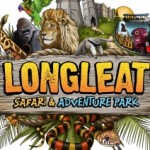
Longleat Adventure and Safari Park, owned by Owned by Longleat Enterprises Limited has been operating from April 1966 and comprises more than “15 fabulous attractions, including the new multi pound Jungle Kingdom and Longleat House, one of the most stunning stately homes in Britain” (About Longleat, 2013, online). The following table illustrates Longleat Safari Park SWOT analysis: Strengths Lack of competition in the UK High quality of customer services Affordable prices for Longleat Hotels Weaknesses Not possible to reach the park by public transport “Mercedes Destroyed by Monkeys at Longleat Safari Park” and some other similar videos on YouTube demotivating people to attend to park Opportunities Increasing ranges of services Possibilities of attracting sponsors Increasing ranges of animals Threats Negative impacts of various environmental groups Visitors being attacked by animals Environmental changes posing risks for animals in Longleat Safari Park
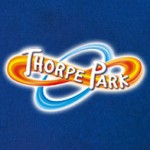
Thorpe Park is one of the most popular theme parks in the UK and it belongs to Merlin Entertainments Group, the world’s second biggest visitor attraction operator with more than 30 million visitors annually and about 13,000 employees (Merlin Entertainment Group, 2013, online). Merlin Entertainments Group management have specified its mission statement as ‘The delivery of memorable experiences to our millions of guests underpinned by the very highest Health & Safety standards’. Besides Thorpe Park, Merlin Entertainments Group portfolio includes a range of famous entertainment brands such as Legoland, Chessington World of Adventures, Madame Tussauds, Heide Park, The London Eye, Warwick Castle, Sea Life, Alton Towers, Gardaland, and London Dungeons (Merlin Entertainment Group, 2013, online). SWOT analysis can be used in order to represent relevant secondary data in an appropriate format to assist in decision-making. SWOT analysis can be explained as a “review that helps planners compare internal organisational strengths and weaknesses with external opportunities and threats” (Boone and Kurtz, 2013, p.46). The following table illustrates Thorpe Park SWOT analysis Strengths Greater ranges of ages of target customers (not only children) A wide range of rides Effective website design World-famous rides such as SAW, STELTH, and COLOSSUS Weaknesses High level of seasonality Geographical location not far from Chessington World of Adventures and Windsor’s Legoland Expensive prices Opportunities Introduction of new, innovative rides Increasing ranges of services Formation of strategic collaborations with other companies in catering and entertainment industry Threats Injuries to customers due to technical or other faults Further increasing influence of indirect competition – video games Negative impacts of relevant government legislations References Boone, L.E. & Kurtz, D.L. (2013) “Contemporary Marketing” Cengage Learning Merlin Entertainments Group (2013) Available at: http://www.thorpepark.com/misc/merlin-entertainments.aspx
